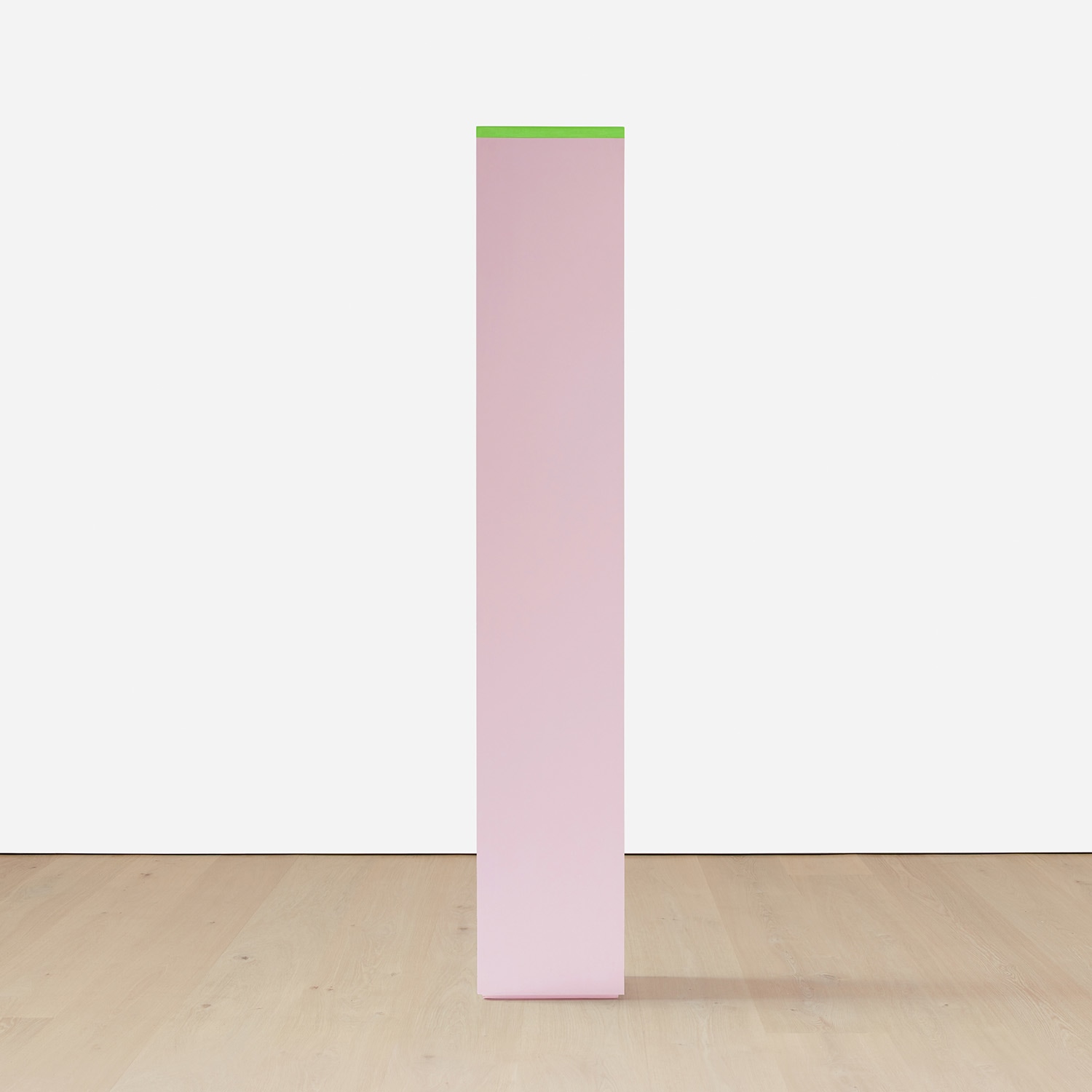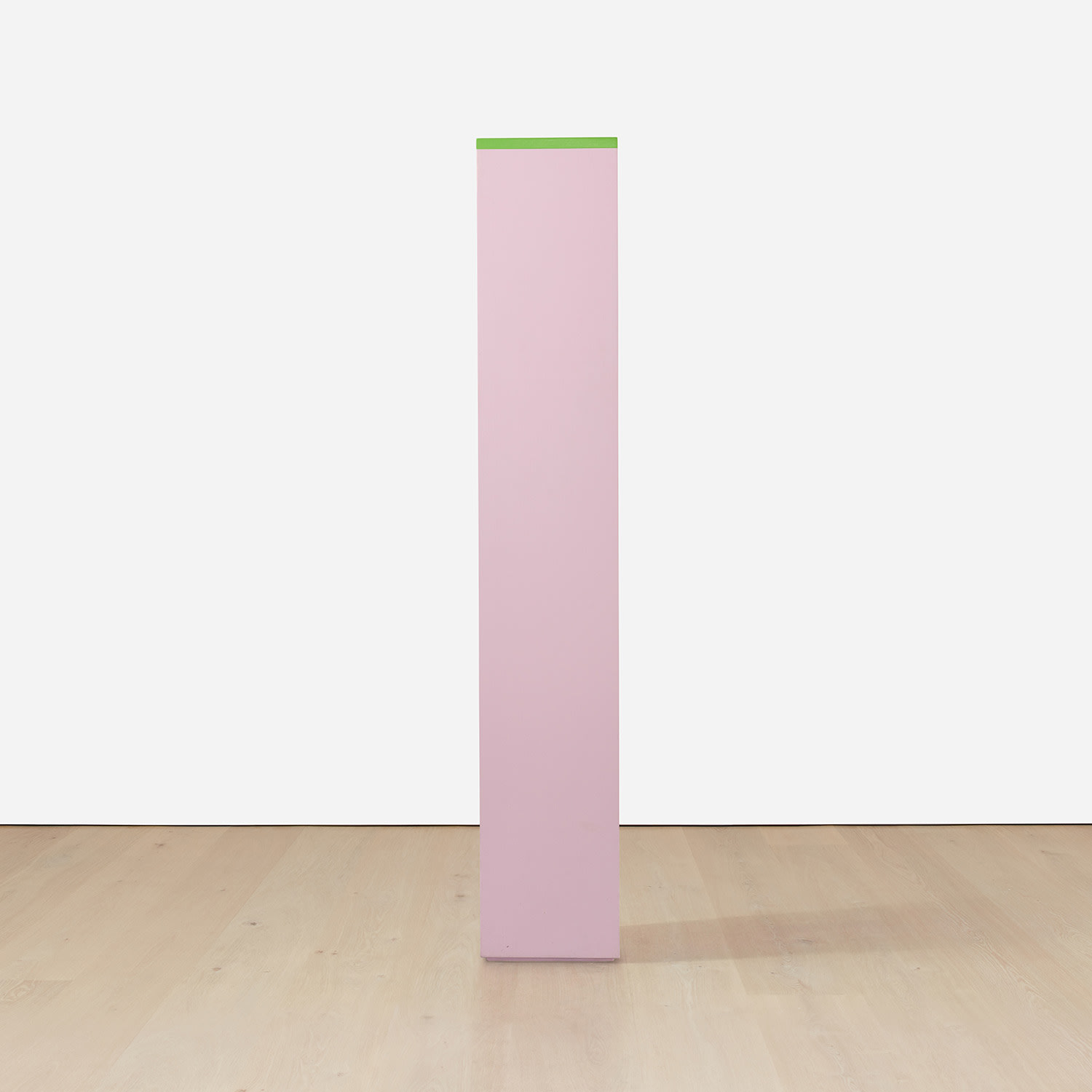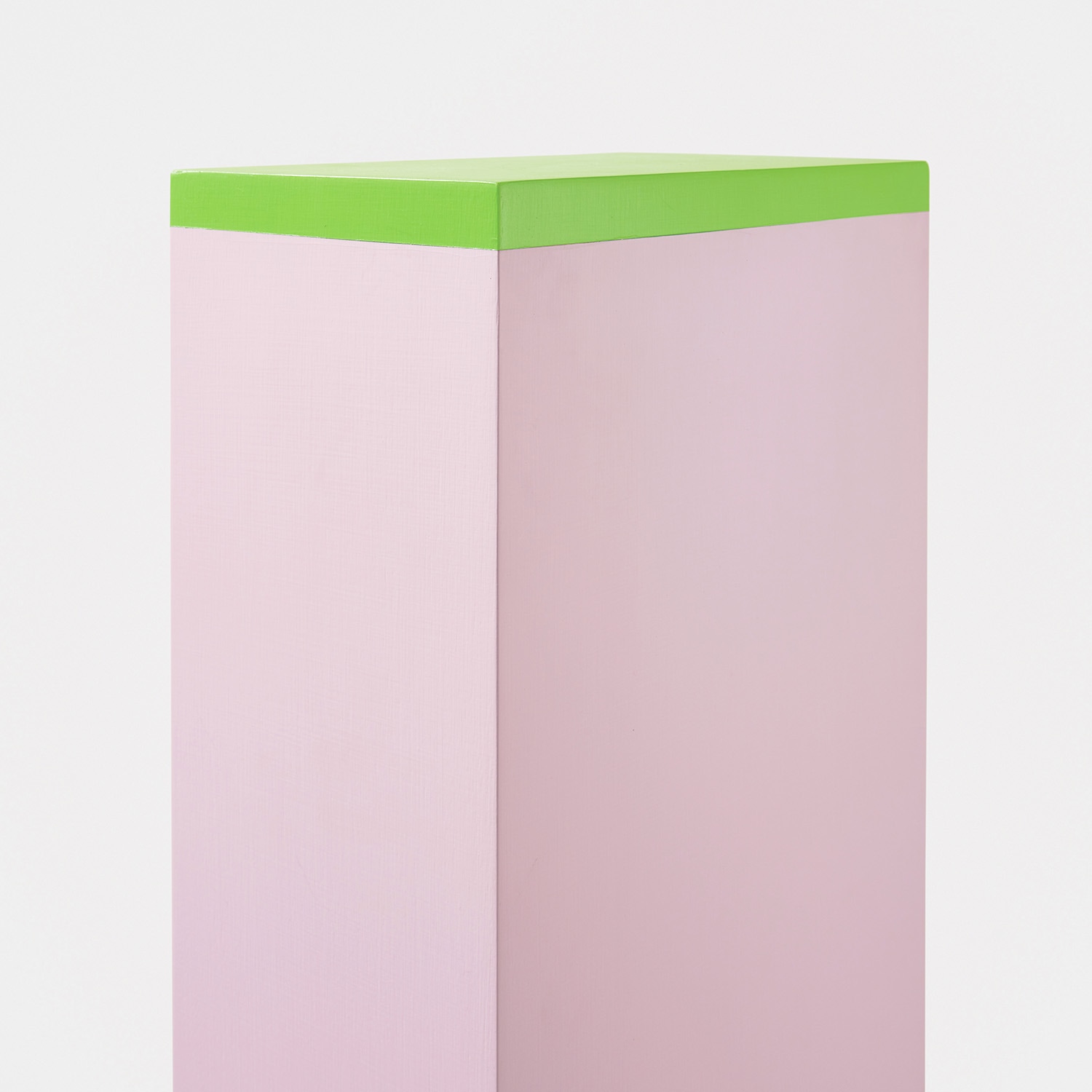









Property from the Private Collection of Jean Efron
115
Anne Truitt
Spring Dryad
signed, titled and dated "Truitt "SPRING DRYAD" Feb. '75" on the underside
acrylic on wood
76 1/2 x 13 x 8 in. (194.3 x 33 x 20.3 cm)
Executed in February 1975.